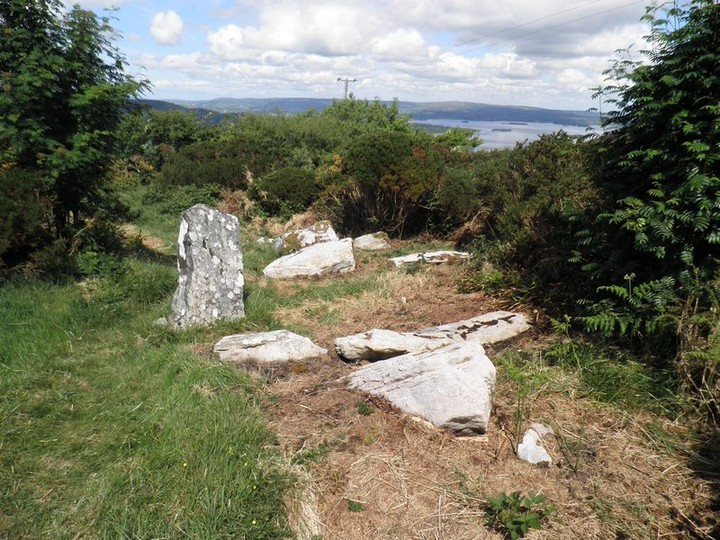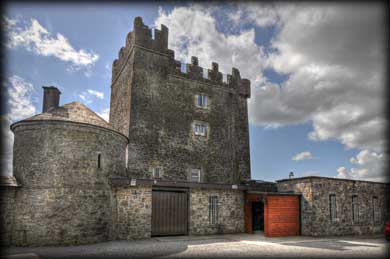Advertisement
If you have a new account but are having problems posting or verifying your account, please email us on hello@boards.ie for help. Thanks :)
Hello all! Please ensure that you are posting a new thread or question in the appropriate forum. The Feedback forum is overwhelmed with questions that are having to be moved elsewhere. If you need help to verify your account contact hello@boards.ie
Hi there,
There is an issue with role permissions that is being worked on at the moment.
If you are having trouble with access or permissions on regional forums please post here to get access: https://www.boards.ie/discussion/2058365403/you-do-not-have-permission-for-that#latest
There is an issue with role permissions that is being worked on at the moment.
If you are having trouble with access or permissions on regional forums please post here to get access: https://www.boards.ie/discussion/2058365403/you-do-not-have-permission-for-that#latest
The Other Irish Battle Sites - non Williamite or War of Independence
-
18-08-2011 7:49pm#1
Comments
-
-
-
-
-
-
Advertisement
-
-
-
-
-
-
Advertisement
-
-
-
-
-
-
-
-
-
-
-
Advertisement
-
-
-
-
-
-
Advertisement
















 A figure very familiar in the neighbourhood of Youghal in the time of Spenser and Raleigh was that of the aged Dowager Countess of Desmond, about whom strange traditions floated. Widow of a man who, in 1529, had become Earl of Desmond at the age of seventy-five, and having survived him for seventy years, it is not strange that the 'Old Countess' became one of the wonders of her age. Rumour said that she was born in 1464, that she had been maid of honour at the Court of Edward IV (d. 1483), and that she had danced with Richard III when Duke of Gloucester, of whom she retained memories much more favourable than those which have come down to us. Her husband, Sir Thomas the Bald of Desmond, must have been sixty years of age when she married him. He was the third son of the eighth Earl, beheaded at Drogheda in 1468, and in spite of the efforts at reparation made by Edward IV, he and his brothers were in a constant state of suppressed rebellion; "with banners displayed they sought revenge." The Earl, who seems to have been an eccentric, had divorced his first wife, Sheela MacCarthy of Muskerry, to marry Katherine, who was eldest daughter of Sir John FitzGerald, Lord of Decies, and his cousin; he had on his hands the blood both of his late father-in-law and his first wife's brother. The castle of Inchiquin, where he and Katherine lived, must have seen wild deeds. He was so distrustful of strangers that, instead of bed and board, he provided a halter for them outside his walls "as though all visitors were spies and wizards." He took full advantage of the system of coign and livery instituted by his ancestor, the first Earl of Desmond, for he lived half the year upon his tenants; and he refused to pay one groat of yearly revenue to the Crown, in spite of his immense possessions in Waterford, Limerick, Cork, and Kerry, or to obey any of the King's laws. Henry VIII ordered the Earl of Ossory in 1534 to curb this fierce and grasping man, but he died in the same year at the age of eighty, leaving a grandson by the son of his first wife, who was brought up at the English Court and educated in the royal household. Disloyal Geraldines dubbed him "the Court Page" Earl, and he was subsequently murdered by Sir Maurice Dubh, or Duff, "the Black Geraldine," "a man without faith or truth, cruel, severe, merciless," whose murder of the "Court Page" Earl was the first step "to the overthrow of this honourable house of Desmond, God in revenge thereof not leaving one of the race of Sir John or Sir Maurice alive upon the face of the earth." Sir Maurice's son was the James FitzMaurice who aided Earl Garrett's rising.
A figure very familiar in the neighbourhood of Youghal in the time of Spenser and Raleigh was that of the aged Dowager Countess of Desmond, about whom strange traditions floated. Widow of a man who, in 1529, had become Earl of Desmond at the age of seventy-five, and having survived him for seventy years, it is not strange that the 'Old Countess' became one of the wonders of her age. Rumour said that she was born in 1464, that she had been maid of honour at the Court of Edward IV (d. 1483), and that she had danced with Richard III when Duke of Gloucester, of whom she retained memories much more favourable than those which have come down to us. Her husband, Sir Thomas the Bald of Desmond, must have been sixty years of age when she married him. He was the third son of the eighth Earl, beheaded at Drogheda in 1468, and in spite of the efforts at reparation made by Edward IV, he and his brothers were in a constant state of suppressed rebellion; "with banners displayed they sought revenge." The Earl, who seems to have been an eccentric, had divorced his first wife, Sheela MacCarthy of Muskerry, to marry Katherine, who was eldest daughter of Sir John FitzGerald, Lord of Decies, and his cousin; he had on his hands the blood both of his late father-in-law and his first wife's brother. The castle of Inchiquin, where he and Katherine lived, must have seen wild deeds. He was so distrustful of strangers that, instead of bed and board, he provided a halter for them outside his walls "as though all visitors were spies and wizards." He took full advantage of the system of coign and livery instituted by his ancestor, the first Earl of Desmond, for he lived half the year upon his tenants; and he refused to pay one groat of yearly revenue to the Crown, in spite of his immense possessions in Waterford, Limerick, Cork, and Kerry, or to obey any of the King's laws. Henry VIII ordered the Earl of Ossory in 1534 to curb this fierce and grasping man, but he died in the same year at the age of eighty, leaving a grandson by the son of his first wife, who was brought up at the English Court and educated in the royal household. Disloyal Geraldines dubbed him "the Court Page" Earl, and he was subsequently murdered by Sir Maurice Dubh, or Duff, "the Black Geraldine," "a man without faith or truth, cruel, severe, merciless," whose murder of the "Court Page" Earl was the first step "to the overthrow of this honourable house of Desmond, God in revenge thereof not leaving one of the race of Sir John or Sir Maurice alive upon the face of the earth." Sir Maurice's son was the James FitzMaurice who aided Earl Garrett's rising.










